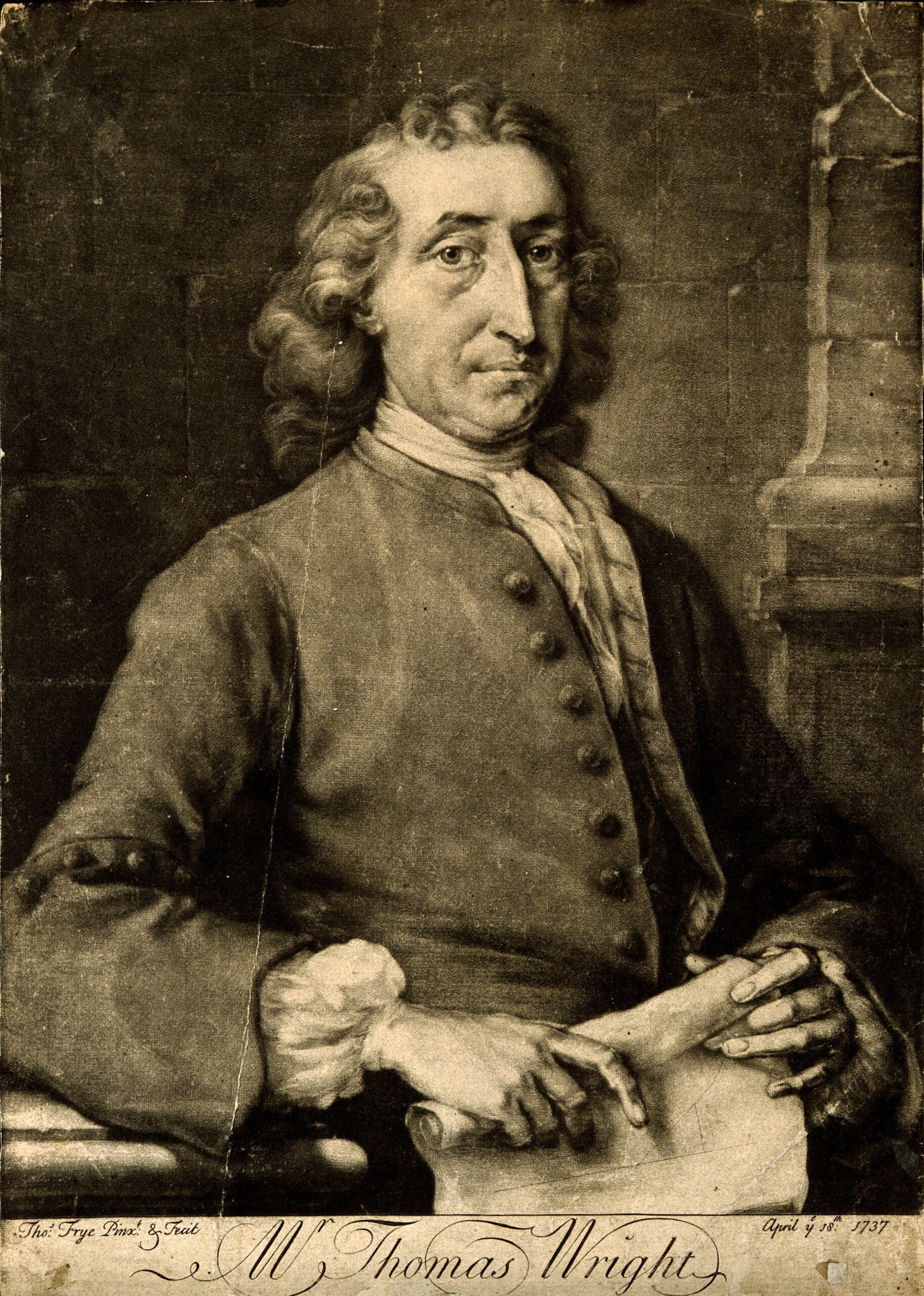Thomas Wright of Byers Green: Astronomer, Architect and Polymath
Thomas Wright was a remarkable 18th-century polymath born in Byers Green on September 22, 1711.
Despite his significant contributions to science and architecture, he remains somewhat overlooked in modern times. Wright’s astronomical theories, particularly his explanation of the Milky Way as an optical effect resulting from our solar system’s position within a layer of stars, were groundbreaking. His architectural designs, including the Deer House at Auckland Castle and the gateway to the North Park, showcase his diverse talents.

1711
Thomas Wright was born
Many of Wright’s manuscripts and papers are preserved at Durham University Library, and while no modern biography exists, various academic articles demonstrate continued interest in his scientific work and architectural designs. Though plans for a permanent memorial in Byers Green were never realized, a plaque marking the location of his house and a stained glass window in St. Peter’s Church serve as reminders of this “forgotten soul.”
Life and Career
Wright’s early career was marked by disappointment as he struggled to publish his work. However, his fortunes changed when he found patronage from Reverend Newcombe of Sunderland and later the Earl of Scarborough. As George Allan, a contemporary and friend, wrote in The Gentleman’s Magazine (1793): “Mr. Wright’s better stars were now rising upon him.”
Encouraged to move to London, Wright published “Pannauticon the Universal Mariners Magazine” in 1734, which was “received with much applause, and gained him the attention of several personages of the first rank.” His reputation grew rapidly among the aristocracy, where he was valued for his scientific knowledge.
Wright’s fame reached such heights that in 1742, he was invited to become Chief Professor of Navigation in St. Petersburg—an offer he declined. His continued scientific work culminated in the publication of “An Original Theory of New Hypothesis of the Universe” (1750), containing his famous explanation of the Milky Way’s appearance.
In 1755, Wright purchased his birthplace, Pegg’s Poole house in Byers Green, where he constructed a new home and garden. Though he continued his “rambling life” until 1762, he eventually retired to this country estate, supported by an annuity from Lord Bottetourt while still engaging in scientific studies and architectural design.

Byers Green Lodge
Wright's home reflected his unique personality. According to George Allan, "there was something flighty and eccentric in his notions and a wildness of fancy followed even his ordinary projects, so that his house was not built or fitted up, upon the model, or in the order of other men's building."
The house remained standing until 1967, when it was demolished and pushed into adjacent clay pits—an act that caused local distress, as one resident recalled: "I can remember my Mother standing by and weeping." This loss is particularly poignant considering Wright's own description of the interior: "The staircase is ornamented with my own works, particularly a large scheme of the universe, the visible creations, the sun, the moon, and systems of planets and comets."
Westerton Tower, another of Wright's projects built on a high ridge near Byers Green, still stands today but is currently closed to the public and listed as a building at risk.
